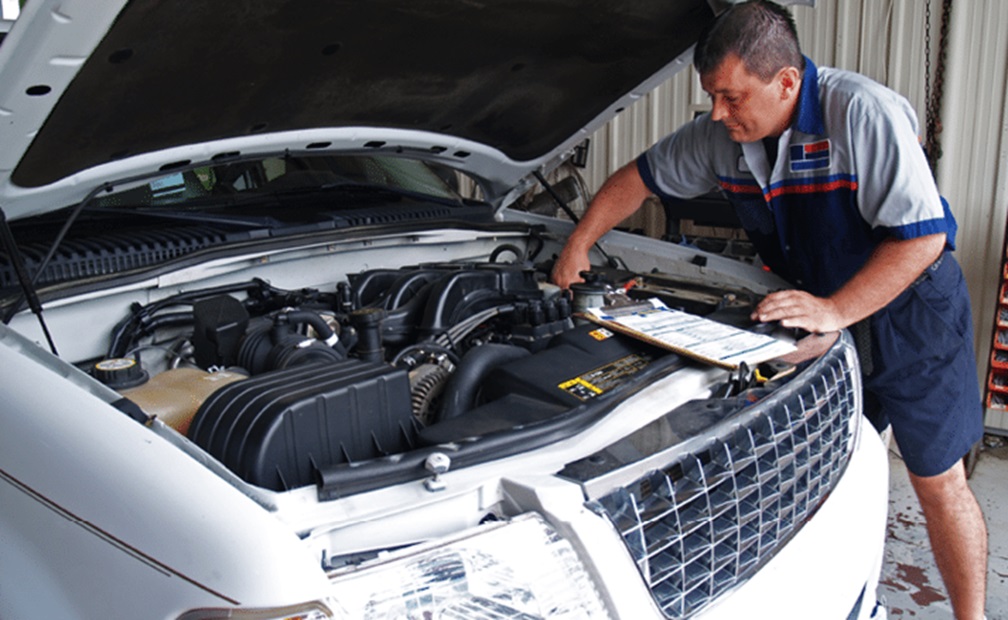
Introduction Homologation ( source : Euro-certificat.com ) requirements vary from country to country in the European Union. Each nation has its own set of regulations and standards that vehicles must meet in order to be legally allowed on the roads. In this chapter, we will discuss the specific homologation requirements for some of the major countries in the EU.
France In France, homologation requirements are governed by the Ministry of the Interior’s Direction Générale de la Sécurité Civile et de la Circulation Routière (DGSCR). Vehicles must meet a number of requirements, including minimum safety standards, environmental standards, and technical standards. Additionally, vehicles must undergo regular inspections to ensure that they remain in compliance with these requirements.
Germany In Germany, homologation requirements are regulated by the Federal Ministry of Transport and Digital Infrastructure (BMVI). Vehicles must meet a number of technical standards, including minimum safety standards, environmental standards, and technical standards. Additionally, vehicles must undergo regular inspections to ensure that they remain in compliance with these requirements.
United Kingdom In the United Kingdom, homologation requirements are regulated by the Department for Transport (DfT). Vehicles must meet a number of standards, including minimum safety standards, environmental standards, and technical standards. Additionally, vehicles must undergo regular inspections to ensure that they remain in compliance with these requirements.
Italy In Italy, homologation requirements are regulated by the Ministero delle Infrastrutture e dei Trasporti (MIT). Vehicles must meet a number of standards, including minimum safety standards, environmental standards, and technical standards. Additionally, vehicles must undergo regular inspections to ensure that they remain in compliance with these requirements.
Spain In Spain, homologation requirements are regulated by the Ministerio de Transporte, Movilidad y Agenda Urbana (MITMA). Vehicles must meet a number of standards, including minimum safety standards, environmental standards, and technical standards. Additionally, vehicles must undergo regular inspections to ensure that they remain in compliance with these requirements.
Conclusion Homologation requirements vary from country to country in the European Union, with each nation having its own set of regulations and standards that vehicles must meet. It is important for engineers and vehicle manufacturers to be aware of these requirements in order to ensure that vehicles are compliant with local regulations and can be legally driven on the roads.
Meta Title: Understanding National Homologation Requirements in the European Union Meta Description: Get an in-depth look at the specific homologation requirements for some of the major countries in the European Union, including France, Germany, the United Kingdom, Italy, and Spain. Discover why it’s essential for engineers and vehicle manufacturers to understand these requirements.


![RACEXT ™ ️ Academy: how to learn to repair your motorbike [Interview Mark Giuliacci]](https://www.libertyautomotiveky.com/wp-content/uploads/2022/08/the-interview-1-300x169.png)


